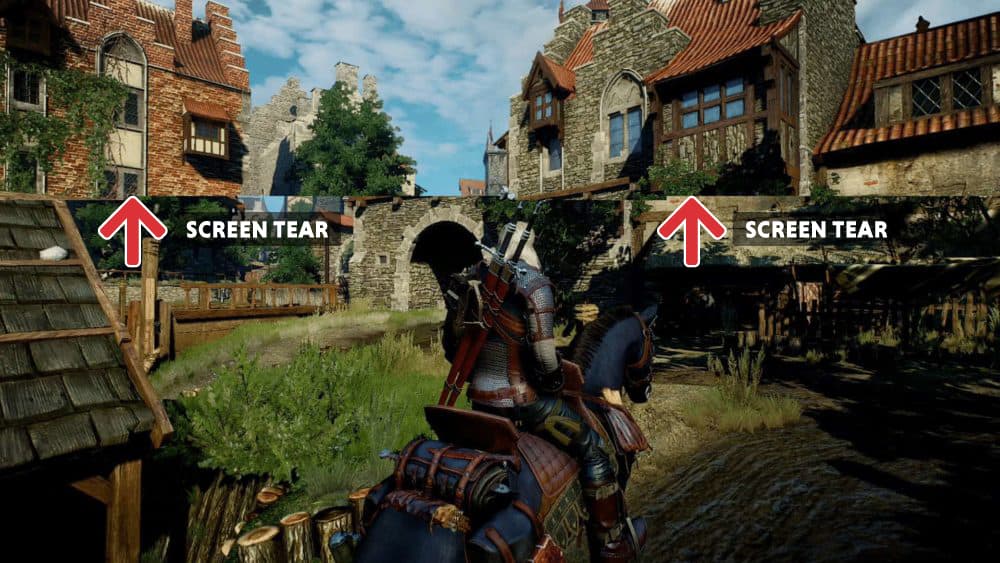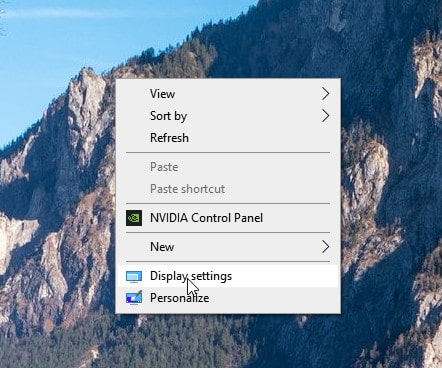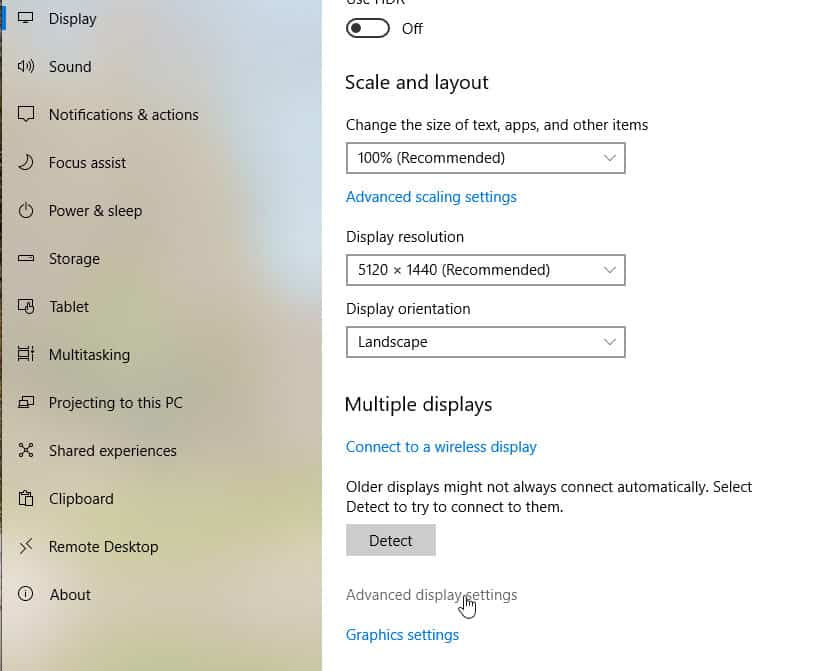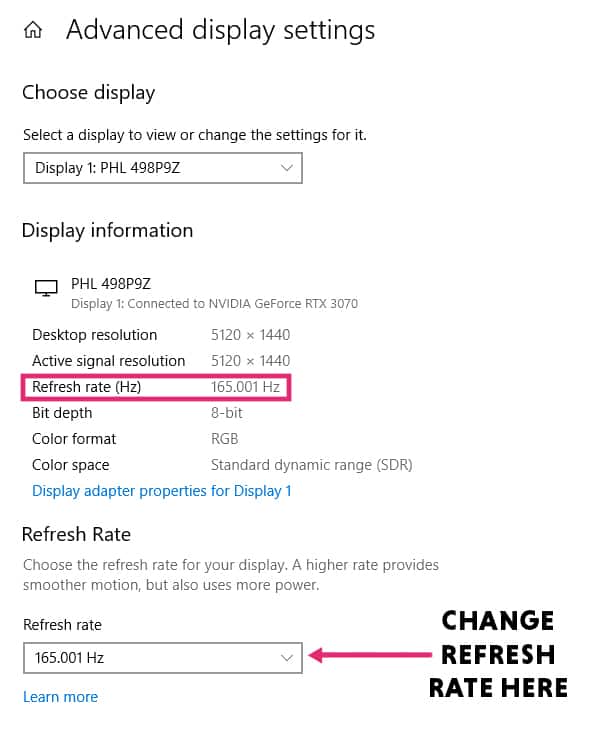
[ad_1]
Last Updated:
You can draw many similarities when comparing FPS vs Hz. However, at the end of the day, they are two very different technologies. While one refers to the graphical performance of your hardware, the other is used to measure how quickly your monitor can refresh the visual data sent to it. And despite the two technologies working hand in hand, there are some key factors that must be considered when it comes to your next gaming setup.
This is our complete guide to FPS vs Hz. We’ll be explaining everything you need to know when it comes to creating a balance between your gaming monitor and gaming PC. On top of that, we’ll also be explaining how to set your refresh rate properly, how to increase FPS, and concluding with some of the visual artifacts that occur when your FPS doesn’t match your monitor’s refresh rate.
What is FPS?
FPS stands for frames per second and refers to the number of frames your PC is rendering (per second) when playing a game. FPS has a direct impact on the smoothness of your visual experience, with more fluidity being directly attributed to higher FPS figures. With games becoming more demanding over time, the average frames per second that your hardware can produce naturally drops – with hardware upgrades often being the only form of relief.
The greater the frames per second, the better the visual experience will become. This is particularly important when it comes to competitive esports titles (CS:GO, Fortnite, COD) where every frame counts.
What is refresh rate on a monitor?
‘Refresh rate‘ is a technical term used within display technology to describe how often the picture on your screen is being refreshed. Again, the higher the refresh rate, the smoother the visual experience will be.
As monitor technology evolves, so do the specifications that go into each and every one. Over the last couple of years, we’ve seen monitor refresh rates increase exponentially, with the best gaming monitors now offering a 360Hz (390Hz overclock) refresh rate.
Refresh rates are particularly important in games – and not just for the smoothness they provide. Of course, smooth visuals are an absolute priority when it comes to gaming, but fresh information is even more important when playing esports titles.
When comparing two monitors using wildly different refresh rates, you can physically see (when using a slow-mo camera) the slower monitor displaying older information. This is one of the main reasons why many esports professionals make use of high-end refresh rate gaming monitors.
FPS vs Hz: What are the differences
Over the past couple of years, we’ve seen a huge increase in the frames per second your hardware can produce and the refresh rate of modern monitors. While the two technologies work hand-in-hand, they are by no means the same thing. Regardless, we still get plenty of queries regarding the differences between FPS vs Hz.
So, what are the differences between FPS vs Hz?
Well, to reiterate what we’ve already touched upon – FPS is how many frames per second your PC is rendering and feeding to the monitor. In comparison, a monitor’s refresh rate is the number of times your display refreshes itself.
By understanding the fundamental workings of both, you should start to get a better understanding of how they interact with each other. Ultimately, pairing your PC’s performance (the FPS it can produce) with the right monitor (and refresh rate) is the only way to get a visually-balanced experience.
Using variable refresh rate technology
That leads us nicely on to variable refresh rate – or VRR for short.
VRR is a technology that effectively enables your monitor to match its refresh rate with the frame rate (another term for FPS) your PC is producing. Both NVIDIA and AMD have proprietary VRR systems that allow a monitor to communicate more efficiently with the GPU in question (whether it be team red or team green).
Why is VRR important?
VRR is hugely important when it comes to gaming, regardless of type, as unsynced frame rate and refresh rate leads to a screen artifact known as screen tear.
In short, screen tear is when your monitor has been fed more frames in a second than it can refresh.
Example: your monitor refreshes 144 times in a second, however, your PC is producing 300 frames per second. That’s over two frames per second more than what your monitor can handle.
In this scenario, screen tear displays two frames at the same time – effectively ruining both smoothness and immersion.
See image below for an example of screen tear:

Fortunately, VRR technology has been developed to completely eradicate this annoying screen artifact.
NVIDIA’s VRR is known as G-sync and offers several different standards (G-sync compatible, G-sync, G-sync Ultimate). Alternatively, AMD offers FreeSync. Like G-sync, FreeSycn comes in a number of different standards (FreeSync, FreeSync Premium, FreeSync Premium Pro).
See our complete guide to FreeSync vs G-Sync here.
How to change your monitor’s refresh rate
Before enabling any form of VRR technology, you must first ensure your monitor is set to the correct (highest) refresh rate.
There are a few different ways you can do this (depending on what GPU you’re using).
Here’s a simple way to check by using your computer’s display settings:
- Right-click desktop and select ‘Display Settings’

2. Under the ‘Display’ tab, scroll down to find ‘Advanced Display Settings’

3. Check and change your refresh rate

If you’re looking for a more in-depth article on changing and checking refresh rates, we have a complete guide on the process here. We also explain methods for G-sync and FreeSync systems – as they can often differ.
[ad_2]






